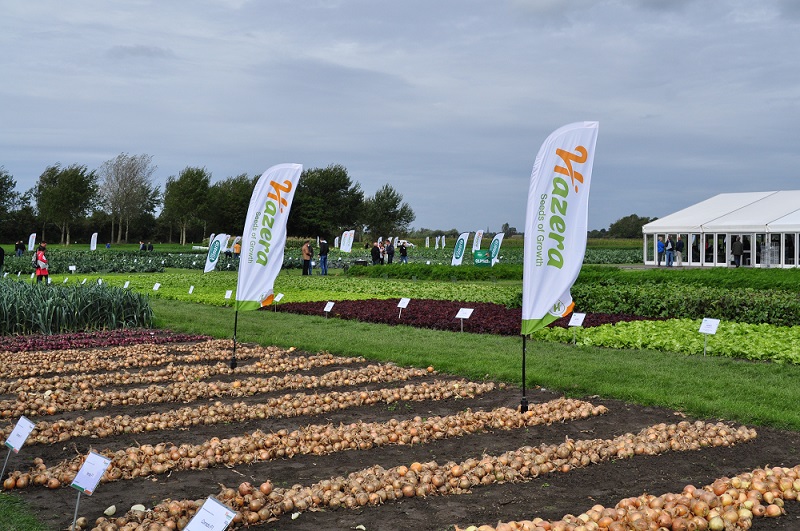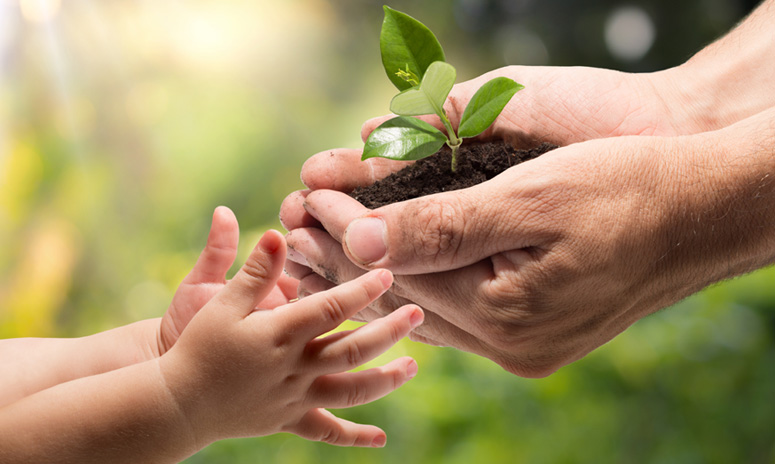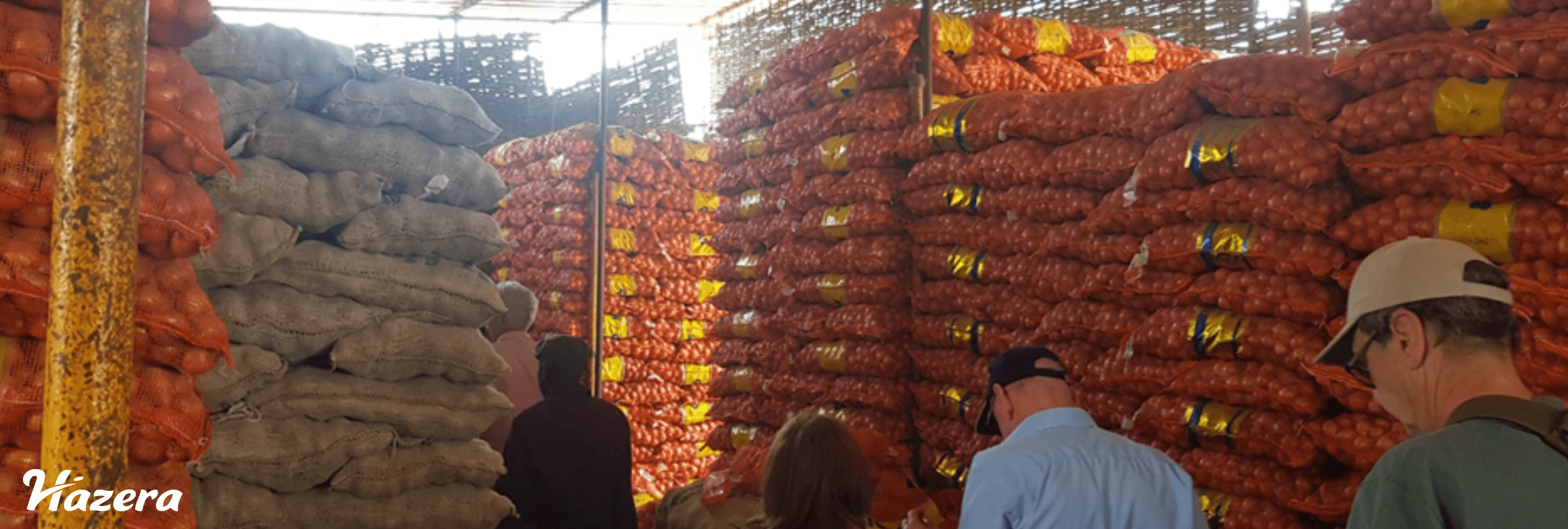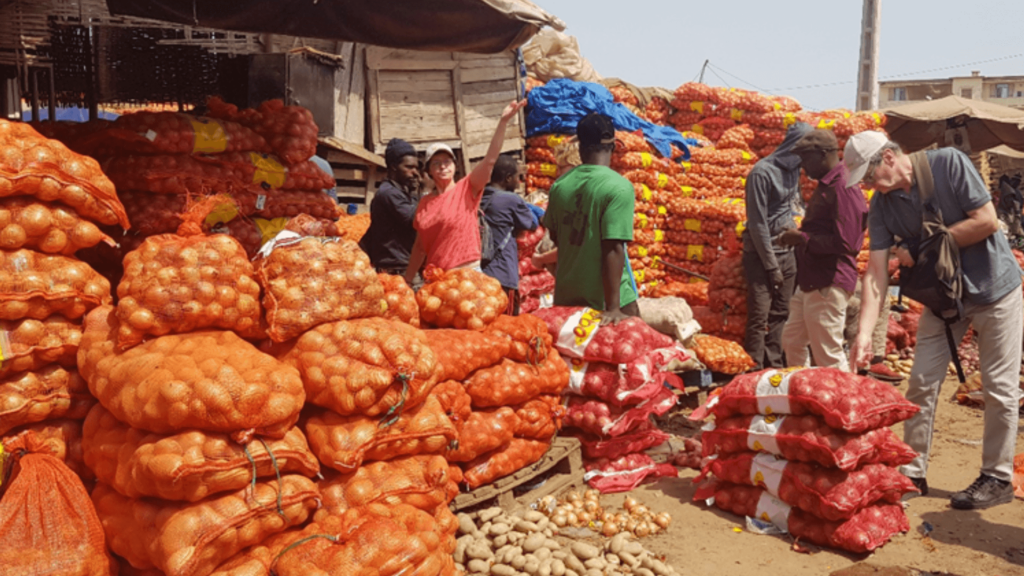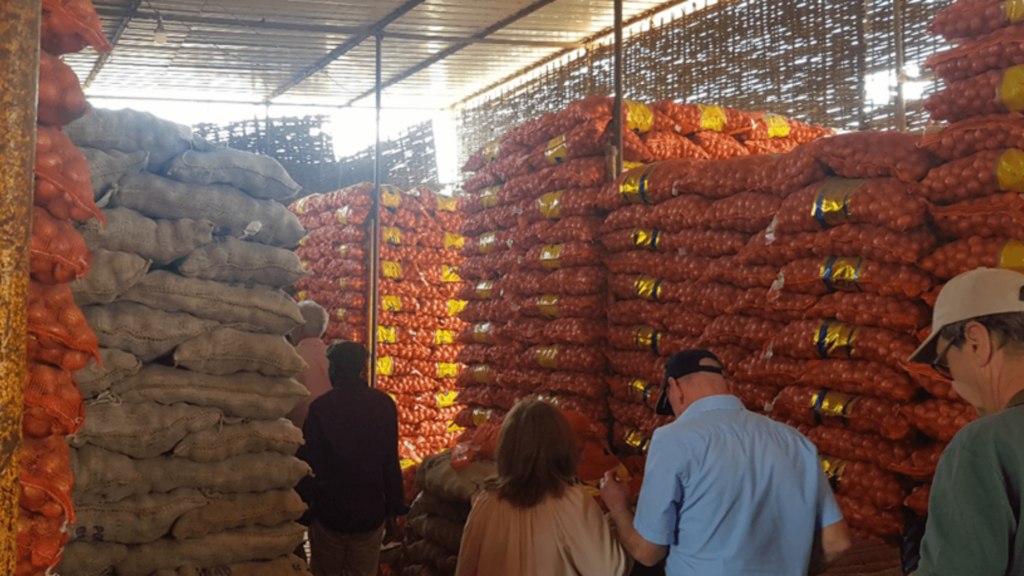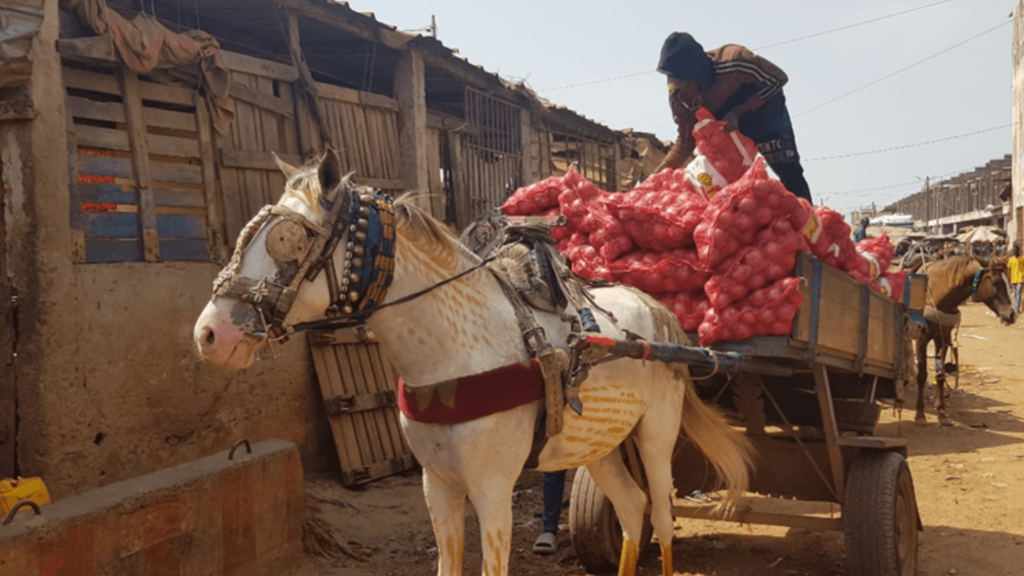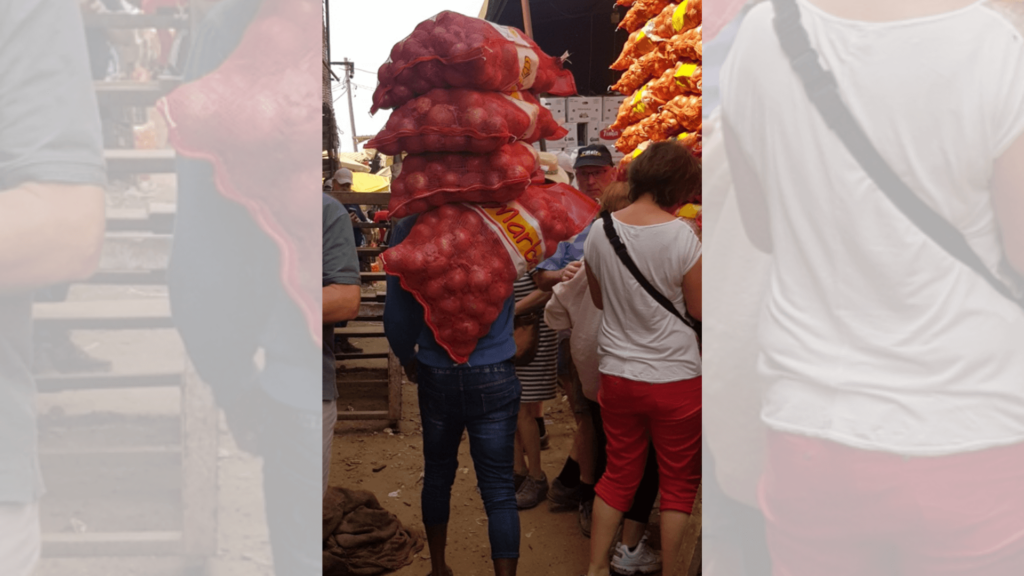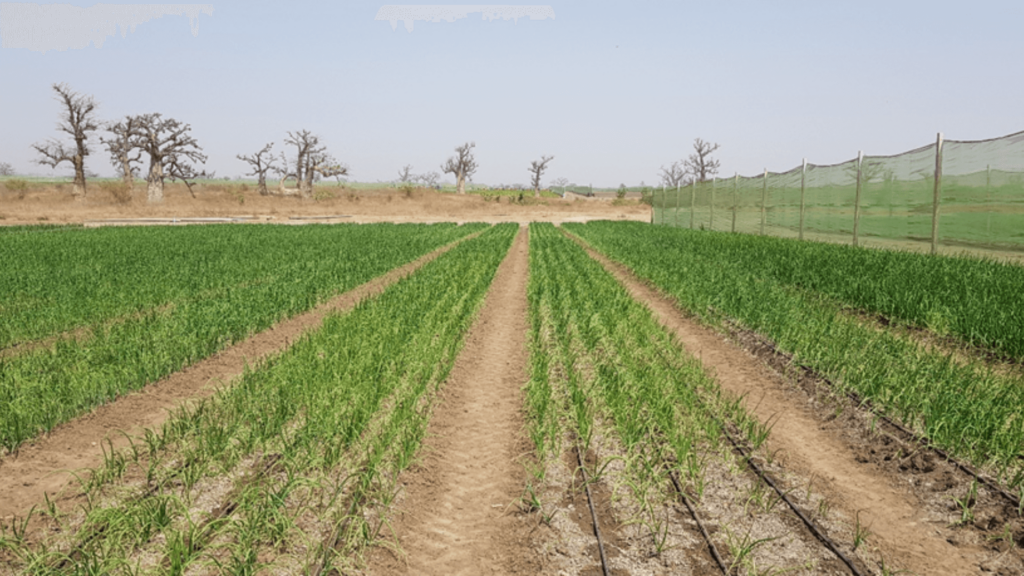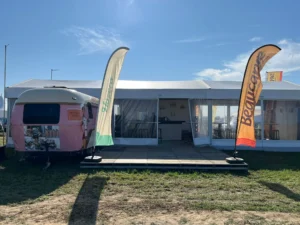Last week Hazera, together with van Meir and a group of onion growers from the Netherlands and Belgium, visited Senegal. We were able to see with our own eyes where our Dutch onions end up. Every year, Senegal imports about 180 to 200,000 tons of Dutch onions between September and January. They are unloaded in the port of Dakar where they are cleared through various importers and then distributed throughout the country, but also to neighboring countries such as Gambia, Mauritania, Mali etc.
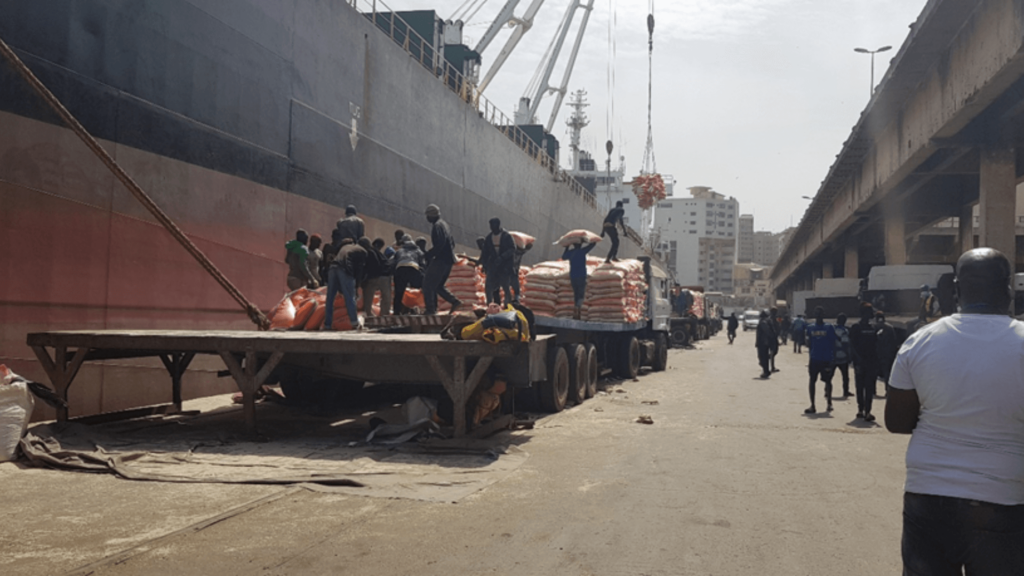
Manually unloading a ship loaded with 55,000 tons takes about a week. In this case, 50-kg bags of rice. The border for onions is currently closed. Onions are imported both loose and by container.
Good quality is important
For this market, it is important to export good quality onions. This is because the road from the Dutch onion to the consumer in Senegal is very long. After the onion arrives by boat in Dakar, it is transported by truck or horse-drawn cart to the small local markets and stores. Temperatures during that period are around 30 degrees and the onions cannot be refrigerated.
The wholesale market in Dakar
Local transportation from wholesale market to smaller markets and stores
Our health and safety laws do not apply there
Other living conditions
The Senegalese consume a lot of onions, it is estimated that one consumes about 30-35 kg per person per year. Because most Senegalese do not have a refrigerator, shopping is done daily and people buy only what is needed for that day’s meal. So that also means that often only 1 or 2 onions are bought at a time. Currently, onions cost consumers about €1.10 per kg. These are very high prices because the minimum daily wage is € 2.5 per day. In addition, most people do not have steady work, the unemployment rate is 70%.
Different quality
Onions are widely grown in Senegal in the dry season, the largest area by many small growers scattered throughout the country in areas where groundwater is available. Often these are small plots located against the dunes along the coast. Sowing takes place from early October to early February. From the moment the local onions are on the market, the border is closed to imports. The locally produced onions do not have the quality as we know it and therefore can only be stored for a very short time. It is estimated that about 13,000 ha of onions are grown in Senegal, of which about 11,000 ha are grown by the smaller growers.
Onion cultivation with drip irrigation
Talking to the companies
During the trip, we also had the opportunity to visit about four large farms in the region east of Dakar. Primeale has been growing mainly beans, sweet corn and spring onion for export to Europe for 15 years. A huge company that employs 4,500 people. Since about 5 years QVS and Lion Agricole are active in the same region, they focus mainly on production for the local market and produce a lot of onions. About 3 years ago QFS started, they produce mainly beans for export and a lot of other products for the local market like onions, but also carrot, pepper, tomato and lettuce.
All these companies work 100% with drip irrigation and pump water from sometimes up to 300 meters deep. It is also true of all farms that they employ many people. The weeding, harvesting and sorting is all manual work done mainly by women. The men do the maintenance of the machines, seeding, laying the drip hoses and loading/unloading the trucks. The staff is brought and picked up daily by local transporters, quite a logistical operation.
Thanks to van Meir and Hans Ham for the excellent organization.
Want to know more? Contact our crop specialists Onion!


